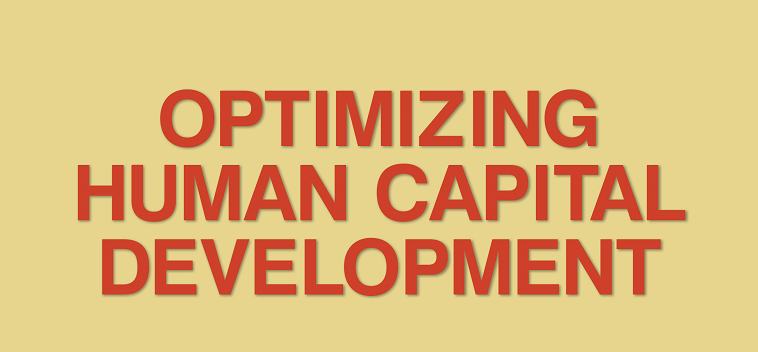This excerpt is from the Introduction in “Optimizing Human Capital Development: A Distributor’s Guide to Building Sustainable Competitive Advantage Through Talent Strategy” and part of the NAW SmartBrief Best of 2018 special report.
The growth of a wholesale distribution organization does not rely solely on the distributor’s strategic vision, geographic reach, physical assets, product selection, or market share. It also depends on its human capital. In fact, all organizations require human capital to accomplish their missions and goals; thus, a distributor’s ability to manage its human capital is key to its business success and sustainability. Treating employees as capital means recognizing they are an asset rather than an expense on the organization’s balance sheet. This requires an authentic appreciation for people—their individuality, capability, and potential. Most wholesaler-distributors understand how to leverage financial and physical capital; however, when it comes to managing people, they often find themselves struggling. They feel ill- equipped to attract and retain key talent, to manage and develop employees effectively, and to measure the return on their human capital investments.
Organization Capabilities x Individual Competencies x Talent Culture = ROI on Human Capital
This book aims to provide wholesale distribution companies with a comprehensive guide for human capital development. It offers an architecture for enhancing your company’s competiveness by creating and leading a people-centered organization—what culture you need to foster, what plans you need to make, and, most of all, what systems you need to establish to make it happen. Inspired by collaborations between industry practitioners and university scholars as well as extensive academic research, this book presents both proven best practices and cutting-edge research-based ideas.
Structure of the Book
This book is divided into three parts. Part 1 sets the stage by identifying human capital trends and challenges on a global scale, and in the context of wholesale distribution in particular. It also presents the guiding framework we have developed as the result of the OHCD consortium research. Part 2 describes the process of optimizing human capital by focusing on five core talent practice areas. We offer real-world examples, best practices exhibited by the 18 consortium companies, and our recommendations based on academic research. Part 3 addresses return-on-investment by highlighting process and outcome metrics you can use to measure the impact of your talent initiatives. The book concludes with a plan outlining actionable steps you can take on your journey toward becoming the best human-focused organization you can be.
Part 1: Conceptualizing Human Capital Development
1. Human Capital Trends and Challenges
2. Human Capital Development Framework
3. Strategic Planning and Alignment
Part 2: Practicing Human Capital Development
4. Talent Planning
5. Talent Acquisition
6. Talent Management
7. Talent Development
8. Talent Retention
Part 3: Capturing the Impact
9. Measuring Return-on-Human-Capital-Investment
10. An Action Plan to Optimize Human Capital Development
Included with this study is a separate, over-sized Human Capital Development Framework wall map to help you follow how human capital business processes are linked to enhance shareholder value.
Who Should Read
This book is written for stakeholders across your organization. Don’t ignore it assuming it is written exclusively for executives and HR professionals. To the contrary, this book has equal value for frontline supervisors, team leaders, sales managers, district managers, or anybody in your organization who is responsible for managing others, regardless of their numbers.
We wrote this book with one belief in mind: achieving business goals is a collective effort, requiring cross-functional collaboration, just as is developing employees. The more stakeholders involved, the better the outcome. Therefore, if you selected this book because you are an executive or HR professional, we encourage you to engage your subordinates and colleagues in the learning process. Explore the content and concepts, whether by reading together, forming a book club, or sharing takeaways through your company’s intranet, newsletters, and management meetings. Be creative in spreading the word and exploring new ideas!
